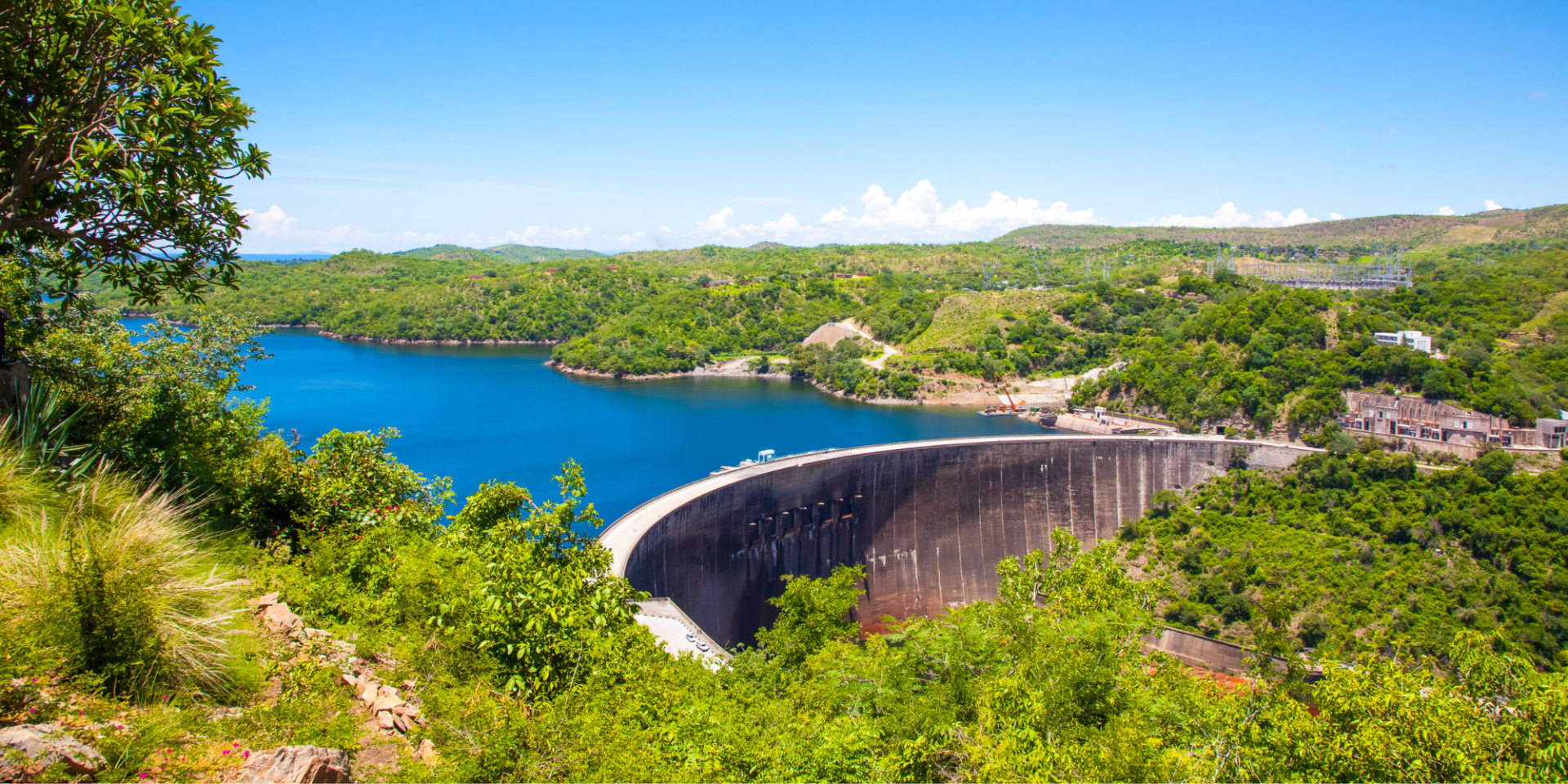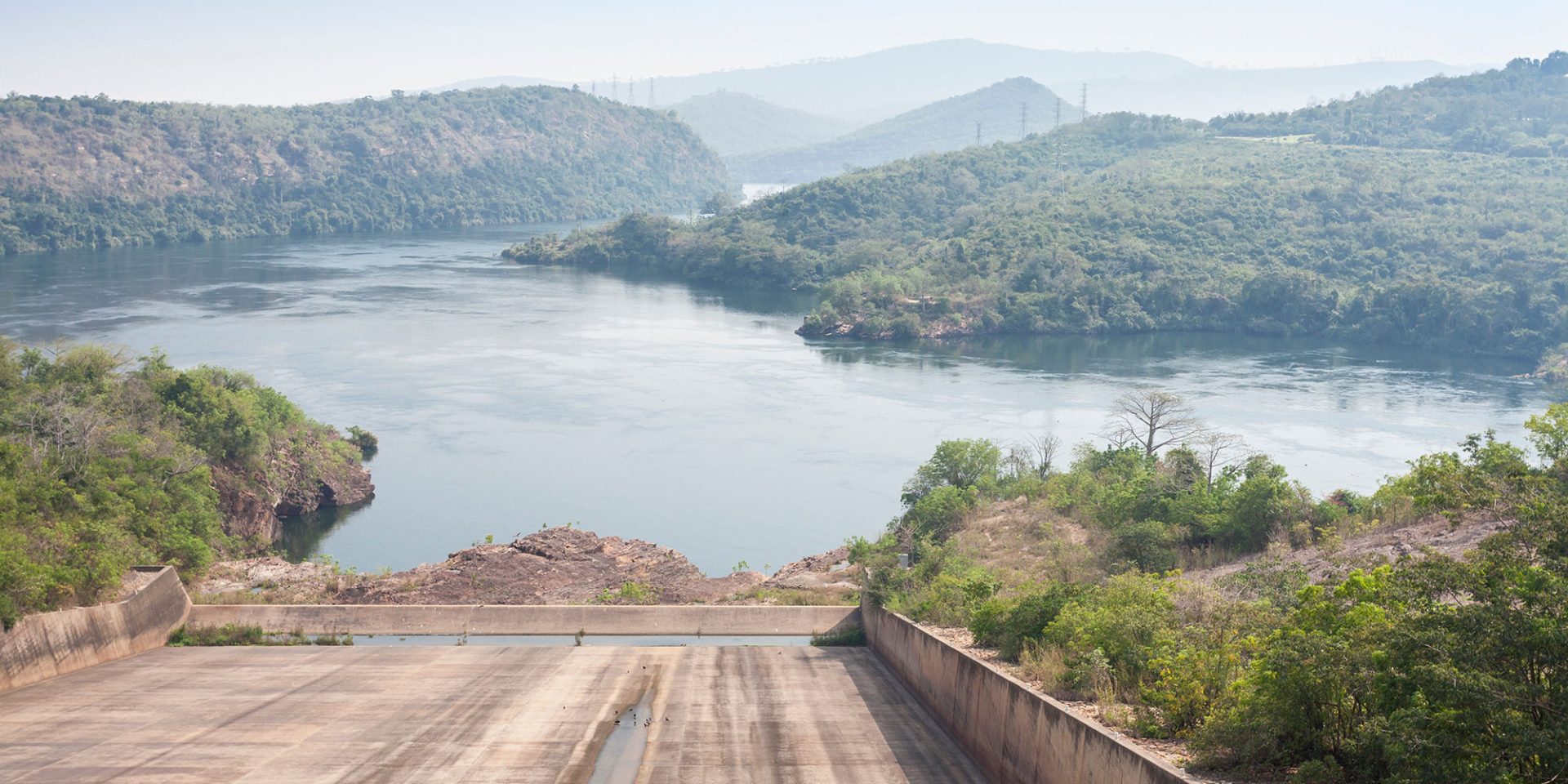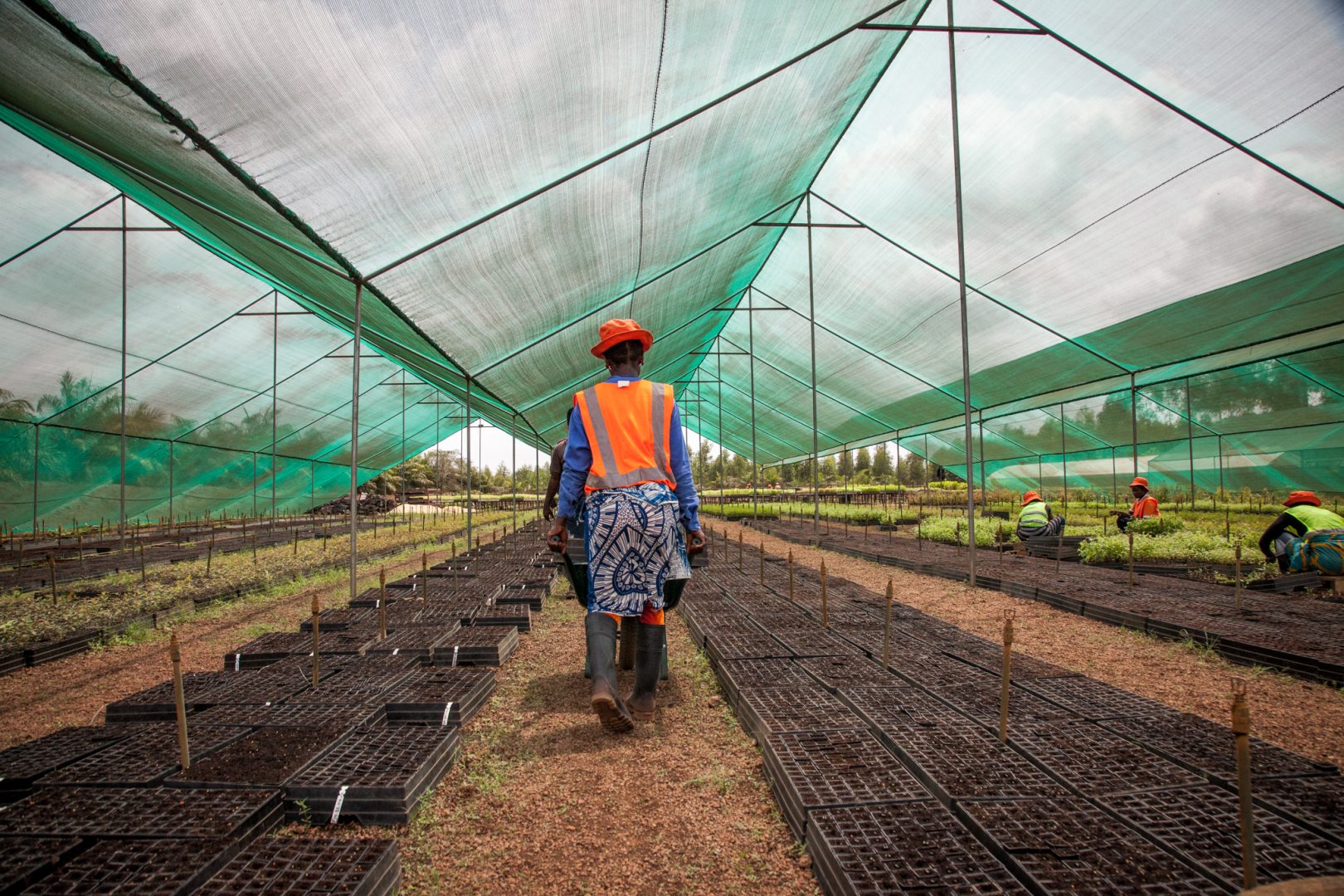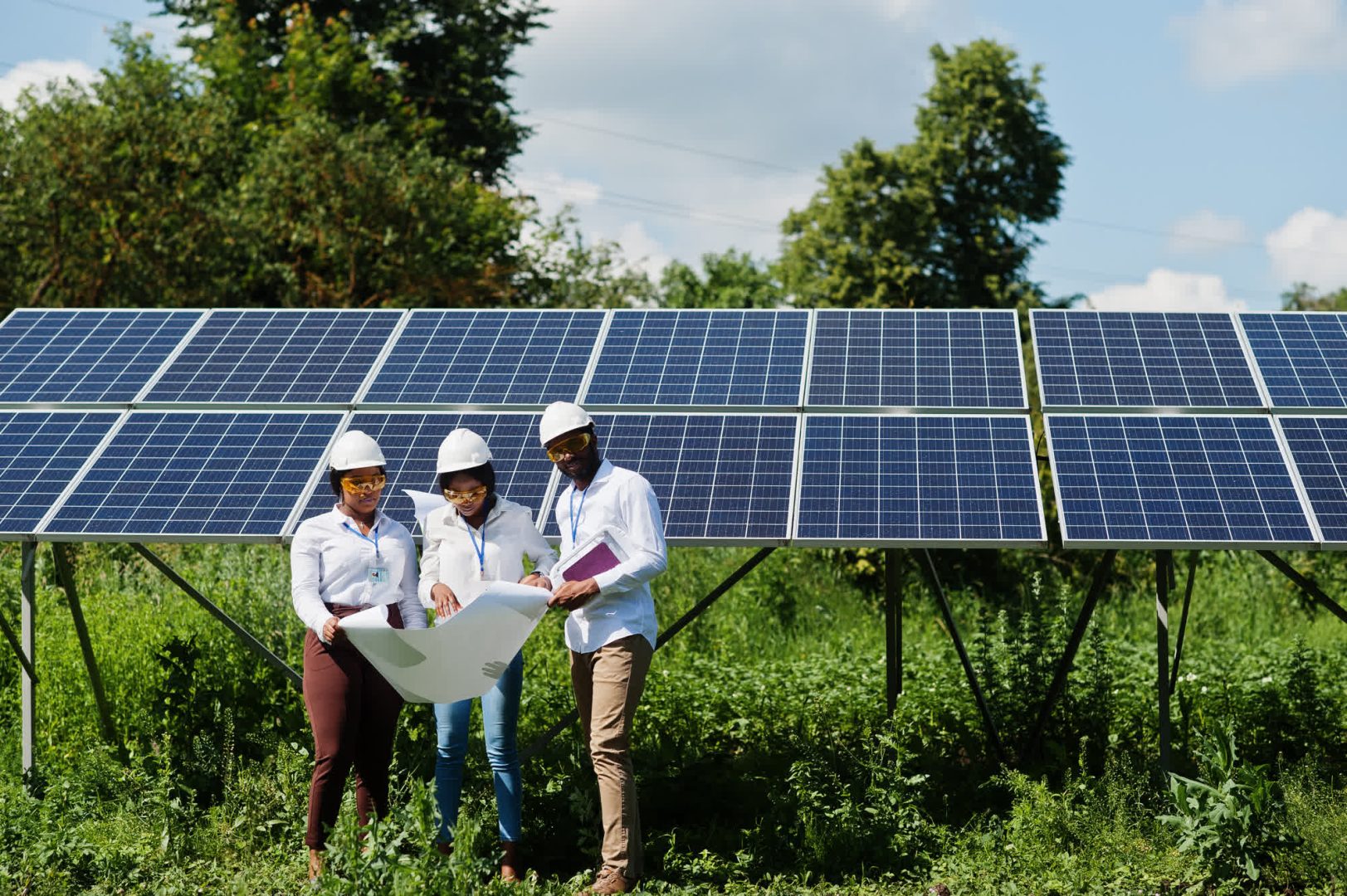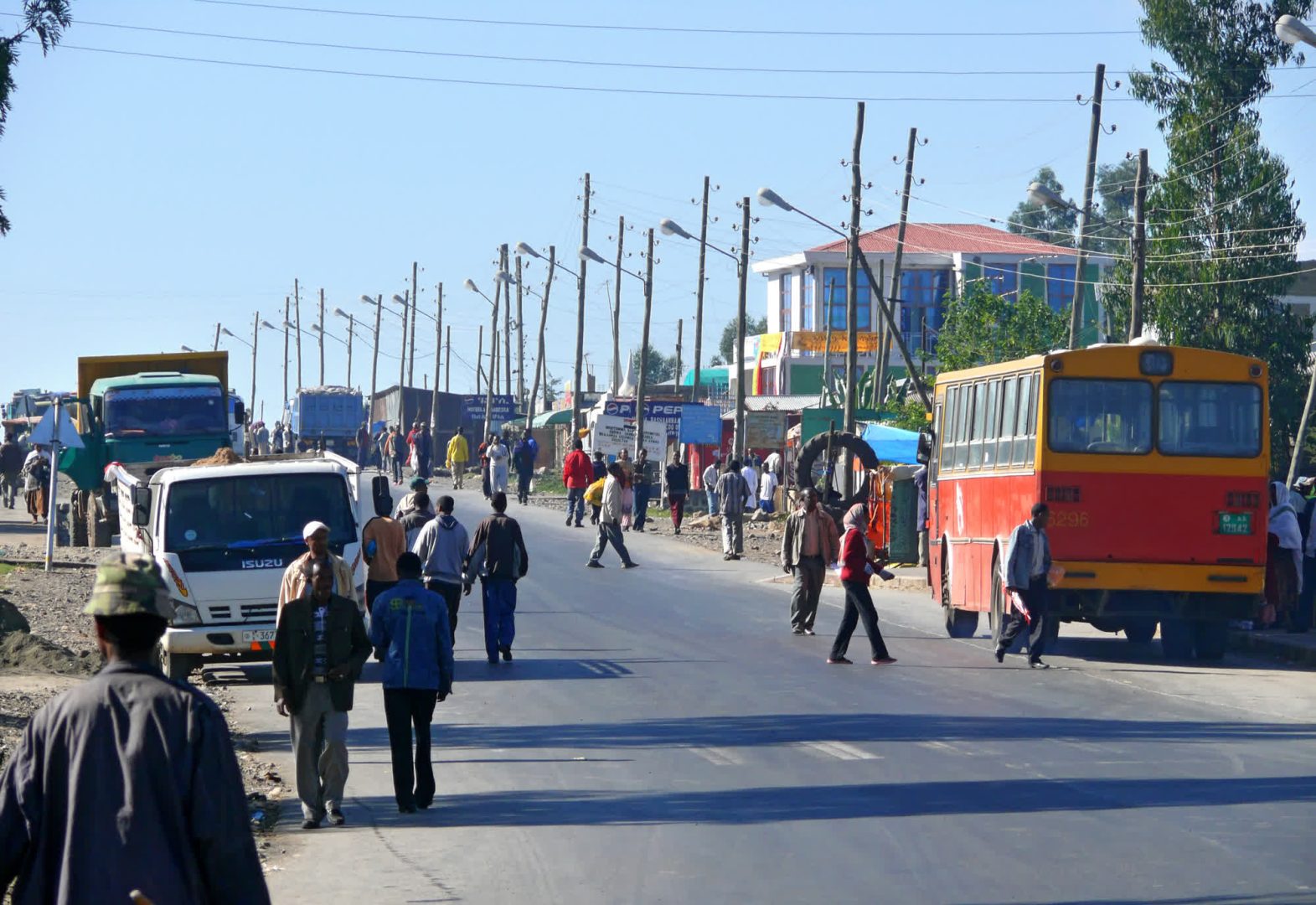In the fight against the climate emergency in Africa, it is easy to overlook one very significant trend: the ever increasing urban energy demand driven by rapid urbanization.
Across Africa, but particularly in sub-Saharan Africa (SSA), people are flocking to cities in search of employment and a better life for themselves and their families. They mostly live on the margins of society and are prone to various climate stresses that places a vastly increased burden on urban governance. Meanwhile, African cities are engines of economic growth and innovation hubs, driving the vast majority of the region’s energy use and therefore playing a key role in addressing energy poverty and expanding sustainable energy access.
Yet the critical role of African cities is not given enough consideration when policies to combat the climate emergency are hammered out at an international level at events such as the forthcoming COP27. African City leaders, such as Mayors, tend not to get a seat at the top table.
And that represents a significant missed opportunity. The role of cities as bastions in Africa against the climate emergency have never been more important. And the data explains why.
SSA has an estimated population of 1.1 billion people and is home to the world’s most rapidly urbanising cities. The region’s urban population is believed to have increased more than sixteen-fold between 1950 and 2018 and urban population growth rates are expected to remain at or above 3 per cent per year through 2040 (United Nations, 2018). Unsurprisingly, this high urbanisation rate is expected to be one of the main drivers of energy growth, with the region’s total primary energy demand expected to grow by 2 per cent per year between 2018 and 2040.
SSA’s 143 cities generate half of the region’s gross domestic product (GDP) – a sum of $500 billion. So, it makes perfect sense that just transition and clean energy policies are focused on cities and the role they can play.
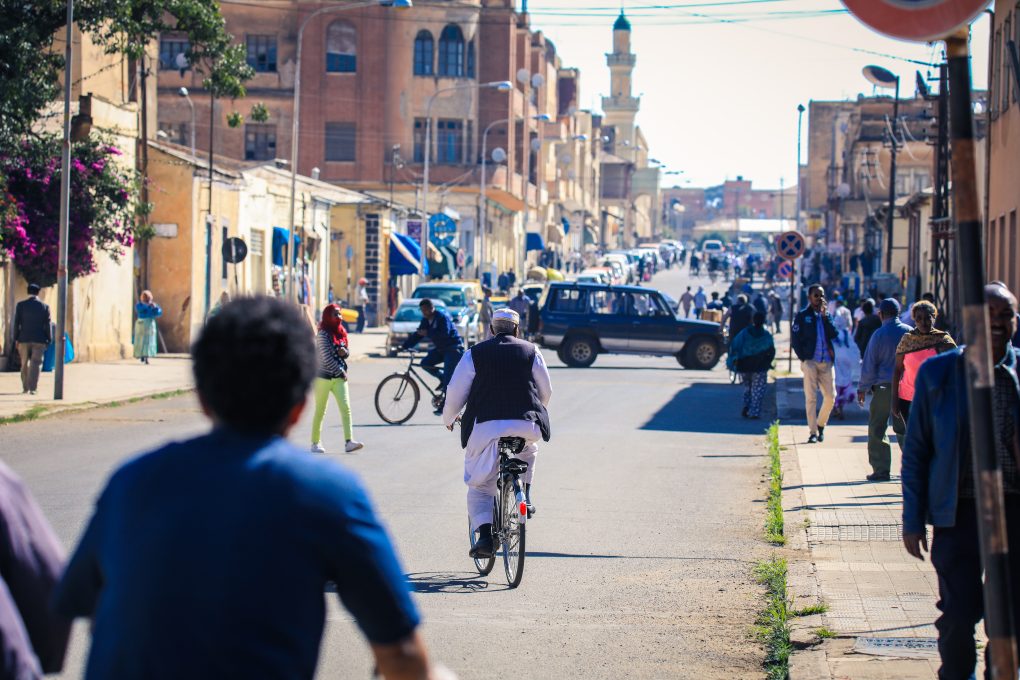
SSA cities are heeding the call to act and have made great strides in driving rapid and systemic change on the ground. For example, over the past six years more than 292 SSA municipal governments have joined the Covenant of Mayors in Sub-Saharan Africa (CoMSSA), voluntarily committing to implementing climate and energy actions in their communities. Additionally, the Climate Action Planning Africa Programme, led by C40 Cities, brings together 11 megacities in SSA that have pledged to become net-zero carbon by 2050.
This locally driven ambition is not without its own challenges. The CoMSSA and C40 work has brought substantial clarity on implementation interventions that are needed to move to a more sustainable urban energy future. This includes the promotion of planning which improves public transport and reduces congestion, regulation of buildings to promote efficiency, widespread electrification programmes, energy efficiency initiatives in industry, improving efficiency of biomass use in cooking, enabling decentralized renewable energy generation such as solar PV and a range of other options.
However, in all those key areas, local governments still need to be empowered and would benefit from national governments devolving powers and providing a say in how investment is prioritised. One such investment priority is the delivering of a sufficient quantum of clean, reliable, and affordable energy, particularly for the business sectors.
What we see across the development of cities across SSA is a close correlation between GDP growth and energy usage. However, SSA cities still use significantly less energy per capita than the world average, due to factors including poor affordability, endemic low access rates, and low levels of economic development. SSA cities will achieve wider economic benefits with profound positive impacts on social inclusion by delivering – through careful planning – the required energy demand from the growing urban fabric and increased commercial activities.
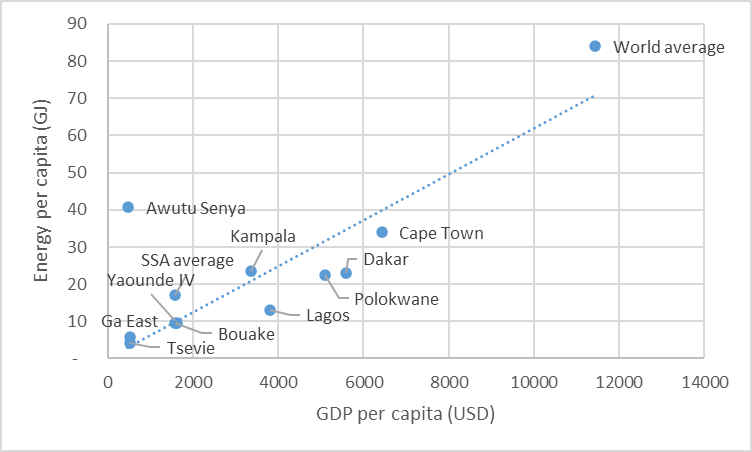
Figure 1. Energy consumption and GDP per person for selected SSA cities
And it is this demand for energy that must be satisfied, even if the source of that capacity is not renewables-based. Providing this energy will allow city leaders to attract businesses, boost the wellbeing of their citizens, and crucially, pave the way for a host of measures to make development more sustainable and in support of net zero targets.
If I had a single message for delegates at COP27 it would be that cities rapidly need power – both in terms of municipal government representation and GWs of electricity. Providing both will not only support the region’s economic development goals, but it will also provide a rapid pathway to meeting challenging emission targets.
Joel Nana is a Project Manager at Sustainable Energy Africa.
The views expressed in this article are the contributor’s own and do not necessarily reflect BII’s investment policy or the policy of the UK government.





